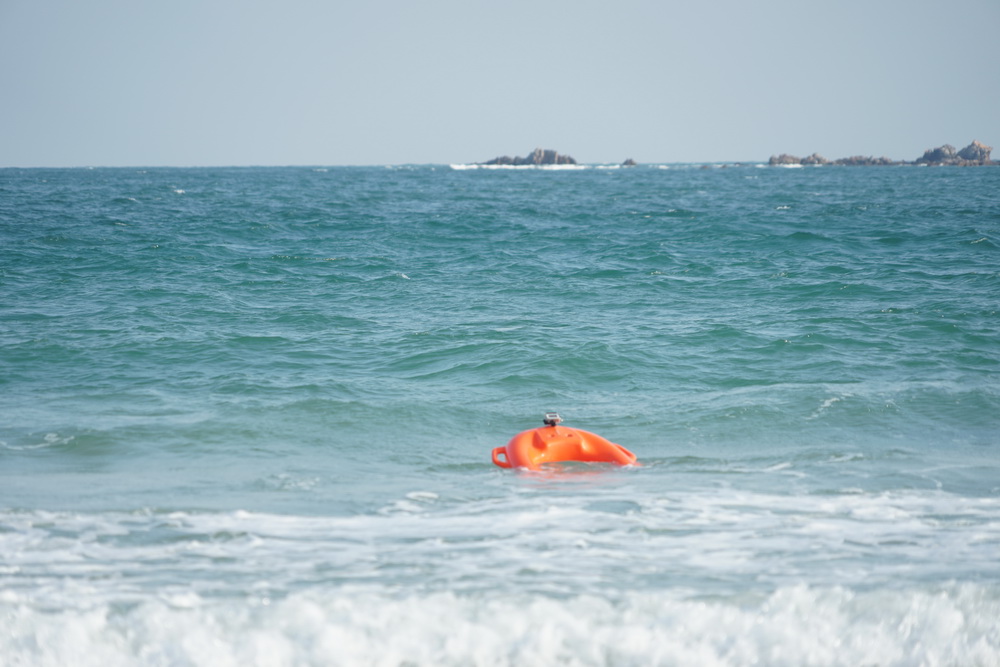With the continuous advancement of water rescue technology, the remote-controlled rescue wing is increasingly being adopted by emergency response agencies and water management authorities as an efficient and intelligent aquatic rescue device. It not only enables rapid remote rescue by quickly reaching drowning victims but also accomplishes precise delivery of rescue supplies in complex aquatic environments. So, how exactly does a remote-controlled rescue wing achieve this function? This article will provide an in-depth analysis from multiple perspectives.
The Intelligent Navigation System of the Remote-Controlled Rescue Wing Forms the Foundation for Precise Delivery
Equipped with advanced GPS positioning and inertial navigation modules, the remote-controlled rescue wing can obtain real-time data on its position, heading, and speed. Combined with high-precision map data, the device can automatically plan optimal routes in complex waterways, avoid obstacles, and ensure rapid arrival at the target area. Some high-end models also integrate RTK (Real-Time Kinematic) technology, achieving centimeter-level positioning accuracy, thus providing a solid foundation for precise supply delivery.
The Modular Supply Payload Design of the Remote-Controlled Rescue Wing Enhances Delivery Flexibility
To meet the demands of diverse rescue scenarios, the remote-controlled rescue wing typically features a modular design. Its U-shaped floating structure allows for an optional detachable supply compartment in the center, capable of carrying essential rescue items such as life vests, first-aid kits, drinking water, and communication devices. The compartment is equipped with an automatic opening mechanism that releases supplies precisely at designated locations via remote commands or pre-set programs, eliminating delays and errors associated with manual intervention.
The Remote Control and Video Feedback System of the Remote-Controlled Rescue Wing Ensures Delivery Accuracy

 .
.


Fitted with high-definition cameras and night-vision systems, the remote-controlled rescue wing transmits live video feeds to shore-based control stations. Rescuers can clearly observe the target location and surrounding environment through the video feed, manually adjust the flight path, or trigger the delivery command. Combined with AI-based image recognition technology, the device can automatically identify drowning victims or preset drop points, enabling “one-touch delivery” and significantly improving rescue efficiency and accuracy.
The Anti-Interference and Stability Design of the Remote-Controlled Rescue Wing Guarantees Delivery Capability in Harsh Conditions
In harsh water conditions such as strong winds, fast currents, or heavy waves, the remote-controlled rescue wing maintains stable course and accurate arrival thanks to its robust floating structure and powerful propulsion system. Its wireless communication system uses anti-interference frequency bands and encrypted transmission technology, ensuring that remote control signals remain uninterrupted even over long distances or in complex electromagnetic environments, thereby guaranteeing reliable execution of delivery commands.
Conclusion
The remote-controlled rescue wing is not only a “life-speedboat” for water rescue but also an intelligent “aerial supply station.” By integrating intelligent navigation, modular payloads, remote visual control, and high-stability design, it achieves fast, safe, and precise delivery of rescue supplies, greatly enhancing the success rate and response speed of water rescue operations. In the future, with further integration of artificial intelligence and IoT technologies, the remote-controlled rescue wing will play a critical role in an even broader range of emergency scenarios.




















 Current Position:
Current Position:












